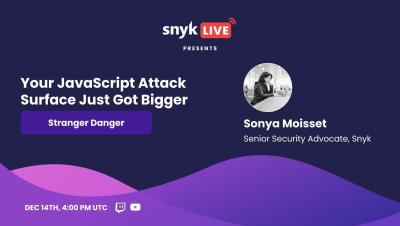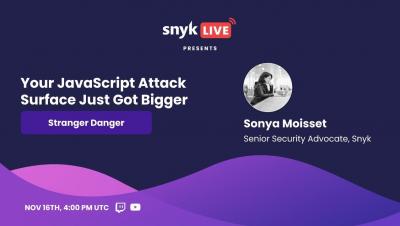Security | Threat Detection | Cyberattacks | DevSecOps | Compliance
JavaScript
How to Fuzz JavaScript with Jest and Jazzer.js
Stranger Danger: Your JavaScript Attack Surface Just Got Bigger
Stranger Danger: Your JavaScript Attack Surface Just Got Bigger
Data Asset Classification: Why it's Important for Client-Side Protection
Web technologies are continuously evolving; both through growth and modernization. Modern web applications are becoming a must in enabling businesses to be able to sell online, acquire customers, and deliver the digital experiences today’s users want. Companies from various industries are increasingly relying on transacting sensitive Personal Identifiable Information (PII) digitally.
Magecart Attack: Hacker steals credit card info from Canada's largest alcohol retailer
The LCBO, a major Canadian retailer, recently experienced a cybersecurity breach that compromised the personal information of thousands of customers. The incident, which was discovered on January 10th, affected the client-side of the company’s website through which LCBO conducts online sales. It resulted in the unauthorized access of sensitive information such as names, addresses, email addresses, LCBO.com account passwords, Aeroplan numbers, and credit card information.
Unraveling the Secrets of Your JavaScript Dependencies
Stranger Danger: Your JavaScript Attack Surface Just Got Bigger
Dependency injection in JavaScript
Inversion of control (IoC) techniques give developers a way to break out of traditional programming flow, and it offers them more flexibility and greater control over their code. Dependency injection, one form of IoC, is a pattern that aims to separate the concerns of constructing objects and using them. In this article, you’ll learn what dependency injection is, when you should use it, and what popular JavaScript frameworks it’s implemented in.











